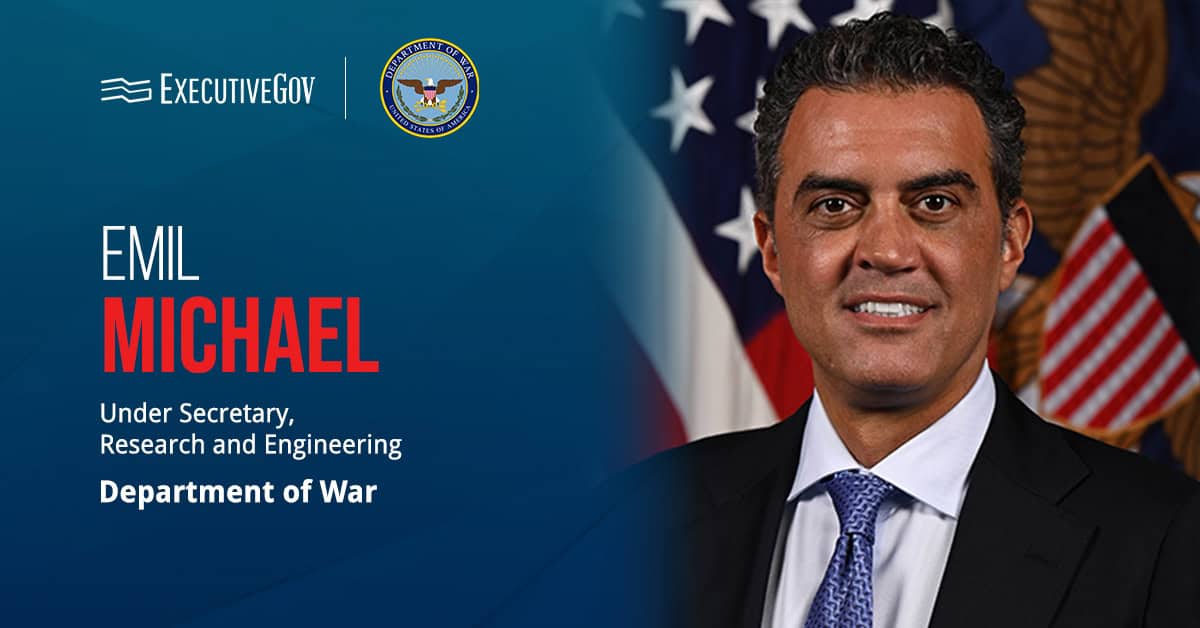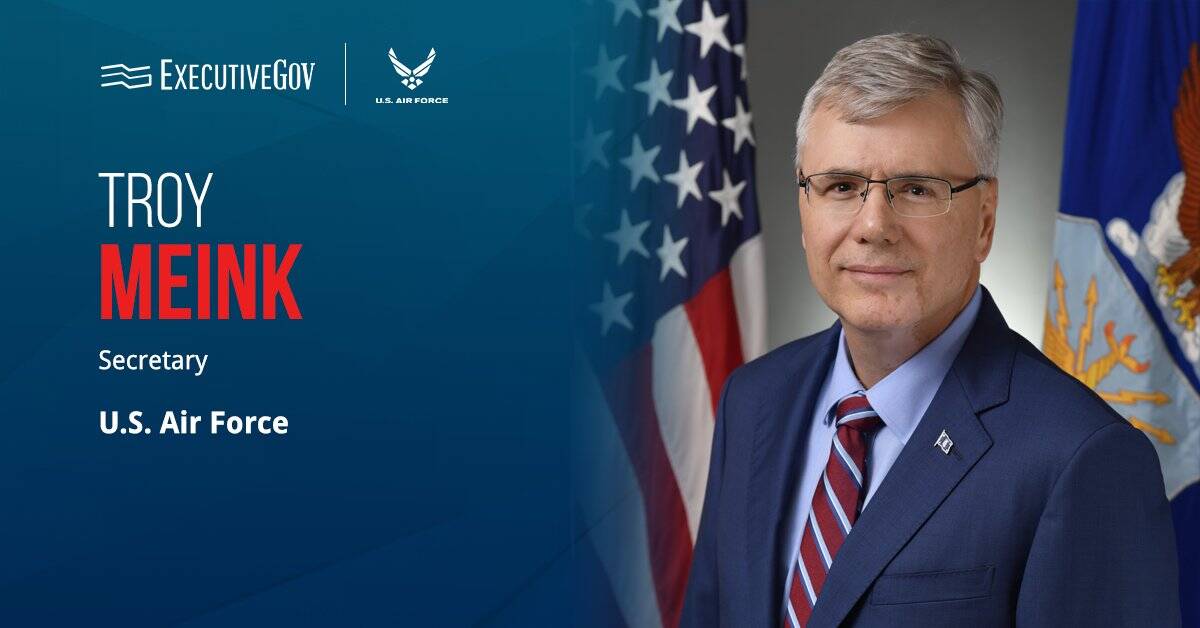 Sens. Jeff Miller and Marco Rubio have called for language to cover accountability in any legislation that the Senate Veterans Affairs Committee might introduce in the future.
Sens. Jeff Miller and Marco Rubio have called for language to cover accountability in any legislation that the Senate Veterans Affairs Committee might introduce in the future.The lawmakers said Thursday in a letter to Committee Chair Sen. Johnny Isakson that they are concerned over negotiations between the House and Senate VA Committees that centered around the removal provision contained in the Veterans Access Choice and Accountability Act.
Passed into law in July 2015, the Choice Act authorizes the VA secretary to impose disciplinary actions on all VA employees and resolve the department’s civil service system issues, according to the senators.
The negotiation on an omnibus package of veterans’ bill began in December 2015 and continued for several weeks.





